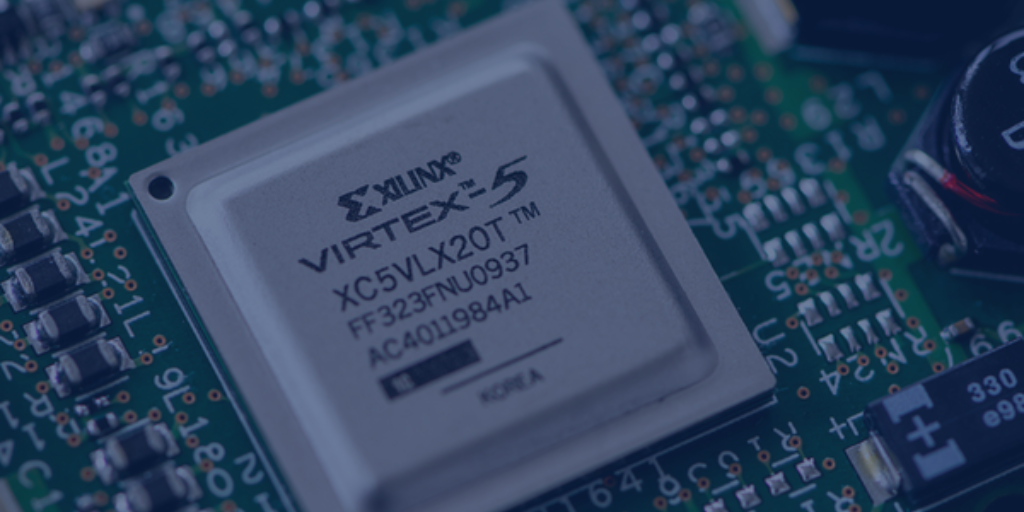Microchip manufacturing has long been associated with resource-intensive processes, high energy consumption, and a significant carbon footprint.
The story gets worse when looking at cutting-edge, computationally heavy industries that utilize Application-specific Integrated Circuits (ASICs), which are tailor-made for specific tasks and have a fixed design.
The environmental impact of crypto mining and e-waste
Crypto mining, for example, utilizes ASICs to run complex algorithms, but their specialization to their task means they are only able to be used for the crypto mining algorithm they were produced for. This results in an average lifespan of 1.29 years and 30,700 tons of e-waste — equivalent to tossing almost two iPhone 13s per transaction.
This is ironic, given that ASICs are utilized by crypto miners because they’re more energy efficient than other processors, and the industry needs it: Bitcoin mining alone is estimated to consume 121.36 terawatt hours a year, more than the energy consumption of Google, Apple, Facebook, and Microsoft combined.
But before pointing fingers, crypto miners aren’t the only culprits: globally, 53.6 million metric tons of e-waste was produced in 2019, a figure that’s estimated to double by 2050. The fact is humans have a high demand for fast, specialized processors, and an equally if not more important demand to reduce our plastic waste, as the amount of microplastics in the oceans already outnumbers the number of stars in the Milky Way galaxy.
Are FPGAs the answer to reducing the industry’s carbon footprint?
Field Programmable Gate Arrays (FPGAs), which can be completely reprogrammed by users without altering their hardware, offer a solution to minimize the semiconductor industry’s carbon footprint and spur Microchip manufacturing sustainability. The problem is that FPGAs are slower and utilize more power than ASICs. So, how can we harness the environmentally-friendliness of FPGAs without sacrificing performance?
Honestly, there’s no simple answer to this question.
In some cases, it’s going to be a matter of refining (even reinventing) programming processes on a global scale — no easy task. In the crypto world, for example, a shift from proof of work to proof of stake to validate transactions would significantly reduce energy consumption and potentially allow for more use of FPGA miners, but proof of stake comes at a cost that some believe is too close to centralization, which violates the foundation that cryptocurrencies were created on.
The emerging role of analog circuitry
The solution may lie in taking a step back to analog circuitry. While our computers have largely shifted to digital systems, analog can actually be significantly more efficient. In fact, analog deep learning has been demonstrated to run 1 million times faster than digital in recent MIT experiments.
Bridging the gap between FPGAs and analog circuits (so-called analog FPGAs) offers potentially significantly faster computing capabilities for neural networks and there may be a turnaround in the coming years to favor analog circuitry for specific, computationally-heavy applications. IBM Research recently released an analog AI chip that’s interfaced to a hardware platform with an FPGA for deep neural network applications.
While the situation is multifaceted without a clear, one-size-fits-all solution, one thing is certain: with a CAGR growing at 9.03% and an anticipated market value of $9.6 billion by 2027, FPGAs will play an important role in advancing a new generation of faster, eco-friendly technology and research.
Read more:
● When Planning For Obsolescence, Stay Current To Stay Ahead
● The Growing Push For Sustainability In The Electronics Supply Chain
● Get Exactly What You Need Through a Trusted Global Sourcing Partner

